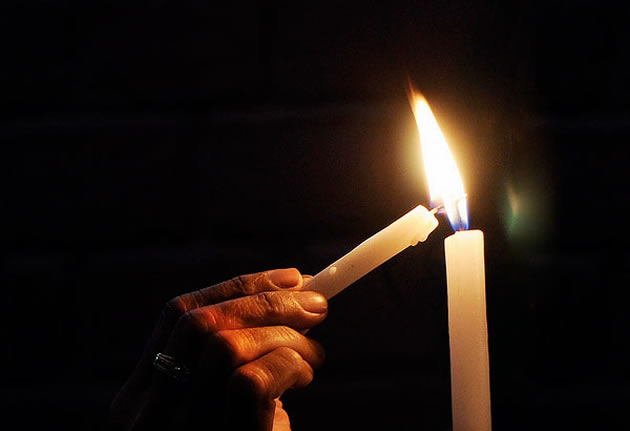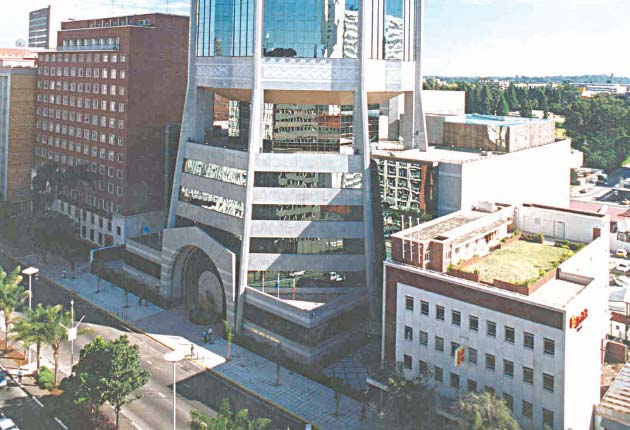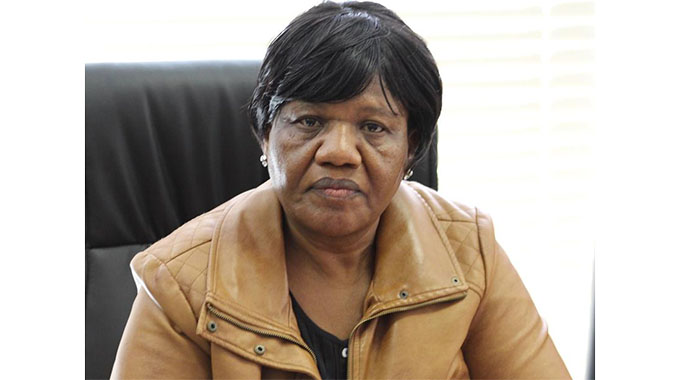Zesa explains load-shedding

 Abigail Mawonde Herald Correspondent—
Abigail Mawonde Herald Correspondent—
ELECTRICITY generation at the country’s power stations has plummeted to 984 megawatts against daily demand of 2 000MW, resulting in increased load-shedding and unscheduled power supply disruptions countrywide.Most suburbs are going for almost 24 hours without electricity in Harare, forcing residents to resort to alternative energy sources such as solar, LP gas and wood, while others use generators. Industry has also been badly hit by the power outages, leading to lost production time and reduced capacity utilisation.
Related……….
- Mines lose 10pc production time on power outages
- ‘Efficiency can stop blackouts’
- ZETDC to seal power deal with Mozambique
- Contractual dispute costs Zesa millions
- Power black outs to worsen
- Power crisis: SPB bungling worrisome
- EDITORIAL COMMENT: Alternatives panacea to power shortages
The Zimbabwe Electricity Supply Authority yesterday said it would release a detailed statement on the power situation today when The Herald sought an explanation as to what had caused increased and prolonged blackouts. A statement released by Zesa’s subsidiary, the Zimbabwe Power Company, on its website on Monday showed that all was not well at major power stations.
The generation status report indicated that Hwange was generating 414MW, Kariba 500MW, Harare Power Station 30MW, Munyati 22MW and Bulawayo 18MW, translating to a mere 984MW for the whole country. On generation constraints, the ZPC said at Hwange Power Station Unit 1 was taken out on 20 July for internal boiler leak repairs.
“Repair works were completed but on attempting to return the unit to service, the machine tripped on rotor earth fault protection. The rotor was dried and upon attempting to bring the unit back to service on August 16 2015 at 0144hrs, the rotor earth fault alarm came up again. As from August 19, 2015, the unit is now on statutory maintenance and excitation upgrade that will last for five weeks,” the ZPC said.
The ZPC said Unit 5 at Hwange was also taken out of service on September 19 “for spray water control valves and ID fan repairs”. The unit is expected back in service today (September 23). Unit 6 that was down returned to service on Monday. At Harare Power Station, Station 2 was shut down on August 27.
“The station is now awaiting repowering project to replace the boiler technology. Boiler 3 is on precipitator repairs,” said the ZPC. At Bulawayo Power Station, Boiler 5 is on statutory inspection while Boiler 7 was taken out of service on September 18 for refractory repairs. The ZPC said at Munyati Power Station, Boiler 5 had a suspected boiler tube leak, Boiler 6 on statutory, grate and economizer repairs while Boiler 8 needed a dumping bar replacement.
Boilers 7, 9 and 10 also require attention. “Kariba Unit 5 is currently switched off for water conservation,” said the ZPC. Hwange Power Station has capacity to generate 920MW, Kariba 750MW, Munyati 100MW, Bulawayo 90MW and Harare 50MW. Low water levels at Lake Kariba have affected electricity generation in Zimbabwe and in neighbouring Zambia.
The two countries share electricity from Kariba. Government is making frantic efforts to increase power generation in the country as a key enabler in the economic turnaround. One such effort is the expansion of Kariba South Power Station, commissioned by President Mugabe in September 2014. The massive project is expected to generate an additional 300MW by 2017, a development that should help ease power challenges that have hit industry and also affected winter wheat farming.











Comments